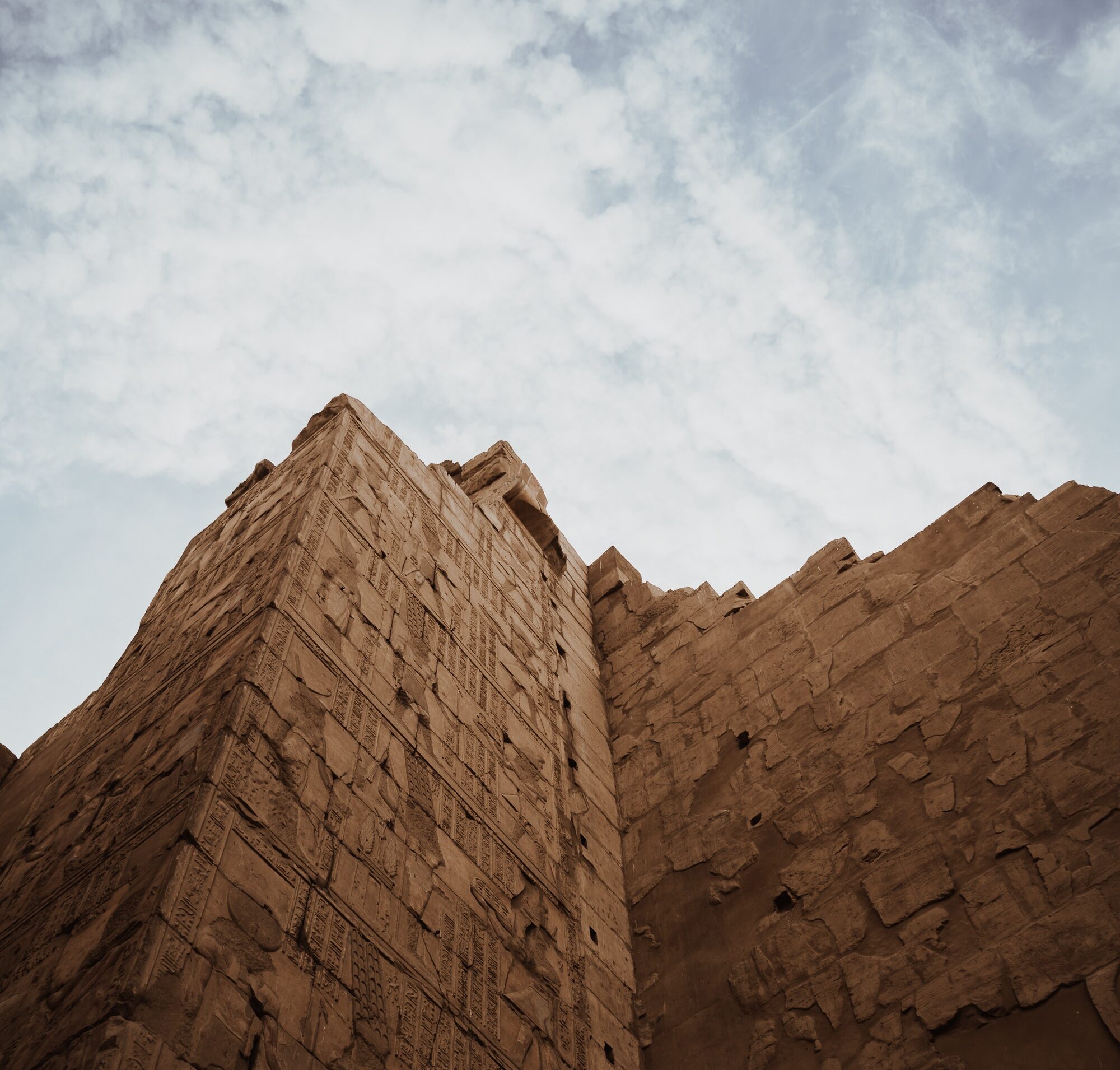
What archaeology tells us about then and now
Ancient places, letters, hieroglyphs and more. The remains of the past often lead to discoveries of knowledge that are still applicable today.
What is the benefit of decoding these often cryptic time capsules, and what is the take away?
Dr. Mark Janzen believes it can make us better understand the Christian story.
On Friday, October 21st, Lipscomb University held its first-ever Faculty Research Day. Students and faculty alike gathered in the Ezell Center to learn about topics ranging from science, music, and archaeology.
The presenters included Dr. Mark Janzen, an Associate Professor of Archaeology and Ancient History at Lipscomb’s Lanier Center for Archaeology.
Janzen discusses the benefit of preserving archaeology and how it helps Christian believers make greater sense of biblical stories with more contextualization.
Artifacts are a pivotal aspect of history and what we know about them in Janzen’s words, allows us to “Actualize the story and help us make more sense of it and also defend that it is historically reliable.”
Janzen’s research project takes a deep dive into the Karnak Temple in Luxor, Egypt, which is the largest temple ever built.


The ancient site can still be visited today by tourists amongst other temples, pylons, chapels, and more.
The temple dates back to as early as 2055 BC and the size, which may come as a surprise, might be bigger than you’d expect.
“It’s so large,” Janzen says, “you can put the Notre Dame in Paris into it four times over.”
The research of his project aims to scientifically record and analyze text on the western wall of the Cour de la Cachette at Karnak.
The goal is to determine the authorship of the battle scenes and texts surrounding pharaohs Ramesses the Great and his successor Merneptah.
“The battle scenes and the texts that go with them that are on the wall, so that if anything happened, if it was an earthquake or it took more weathering damage, anyone that wanted to study the wall would say, Well, this is what it looked like in the 2000 twenties, like say a hundred years from now,”
In archaeology, Janzen explains the importance of continually striving for accuracy and preservation.





